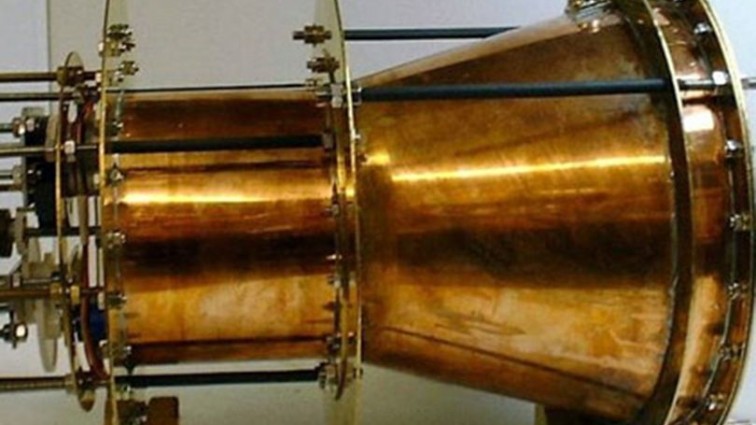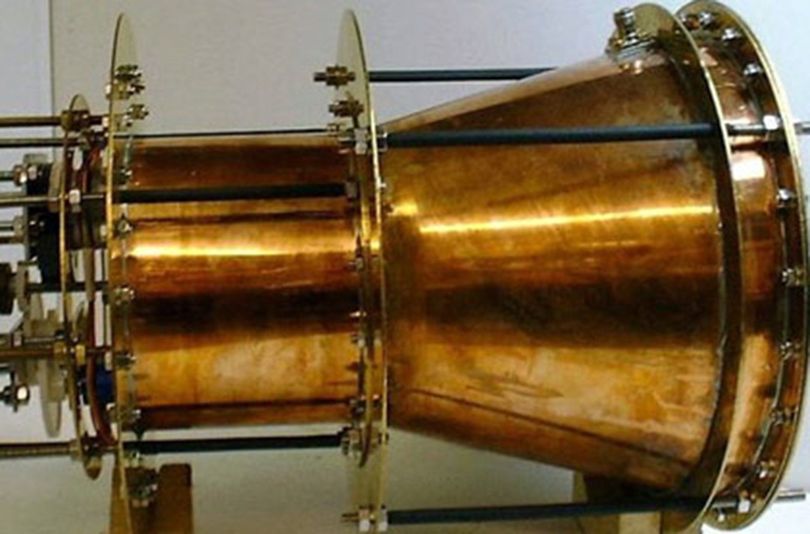Nasa’s ‘impossible’ EmDrive could work, study says

The so-called 'impossible' hypothetical EmDrive thruster, that was designed to propel craft through space using electromagnetic waves, is scientifically possible, physicists have said.
Since the theory behind the EmDrive was released in 2006, the potential thruster has proved controversial. Until now, a lack of independent verification left the device open to criticism, but a new peer-reviewed paper, looking at the 'impossible' drive, is set to change this by giving the propulsion method more credibility than it has had before.
In passing a peer-review paper, the theory behind the drive has now been considered sound and reasonable. What's key is that this paper has also been published by those who were independent to the original work. Scientists at Nasa's Eagleworks Laboratory studied the Drive last year and have concluded it does produce 1.2 millinewtons per kilowatt of thrust in a vacuum. This is the first time peer-reviewed research on the EmDrive has been published.
The theory behind the drive, which British engineer Roger Shawyer introduced a decade ago, proposes that the Drive's thruster can produce momentum by bouncing electromagnetic waves around its interior. Photons produced through the process are said to cause propulsion.
If built and used, the EmDrive would allow a spacecraft to travel through space without using any fuel – needing only a power source such as the Sun to create the electromagnetic waves. The publication of the new paper may now finally help to answer initial doubts around the validity of the science behind the thruster.
One of the major criticisms directed at the drive is that it breaks the fundamental laws of physics. Isaac Newton's third law of motion says objects will always have a cause and effect, or put more simply, there is an equal an opposite reaction to every reaction. The drive, which would not have any propellant emitted, goes against this understanding of the law.
The new paper does not address why this is the case, but provides one possible answer. "[The] supporting physics model used to derive a force based on operating conditions in the test article can be categorised as a nonlocal hidden-variable theory, or pilot-wave theory for short." The theory is an interpretation of quantum mechanics.
Instead, the paper was concerned with assessing whether the drive could produce thrust in a vacuum. "Thrust data from forward, reverse, and null suggested that the system was consistently performing at 1.2 ± 0.1 mN/kW, which was very close to the average impulsive performance measured in air," the paper says.
There are still questions to be answered about whether the drive could become a reality but there are now plans to test the drive further. In September, it was announced an EmDrive built by American inventor Guido Fetta, would be sent to space and tested in the future.
Политика конфиденциальности | Правила пользования сайтом









